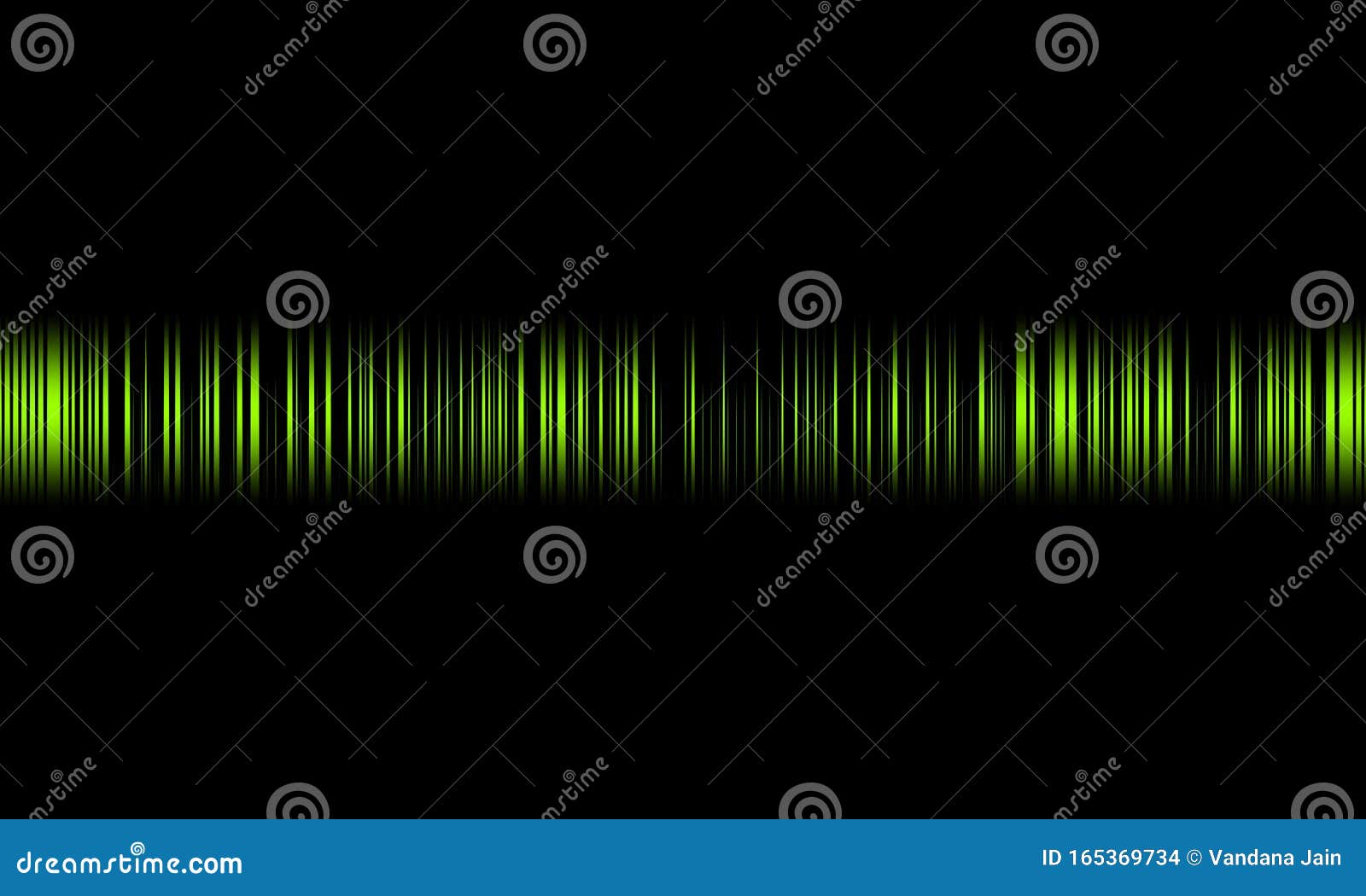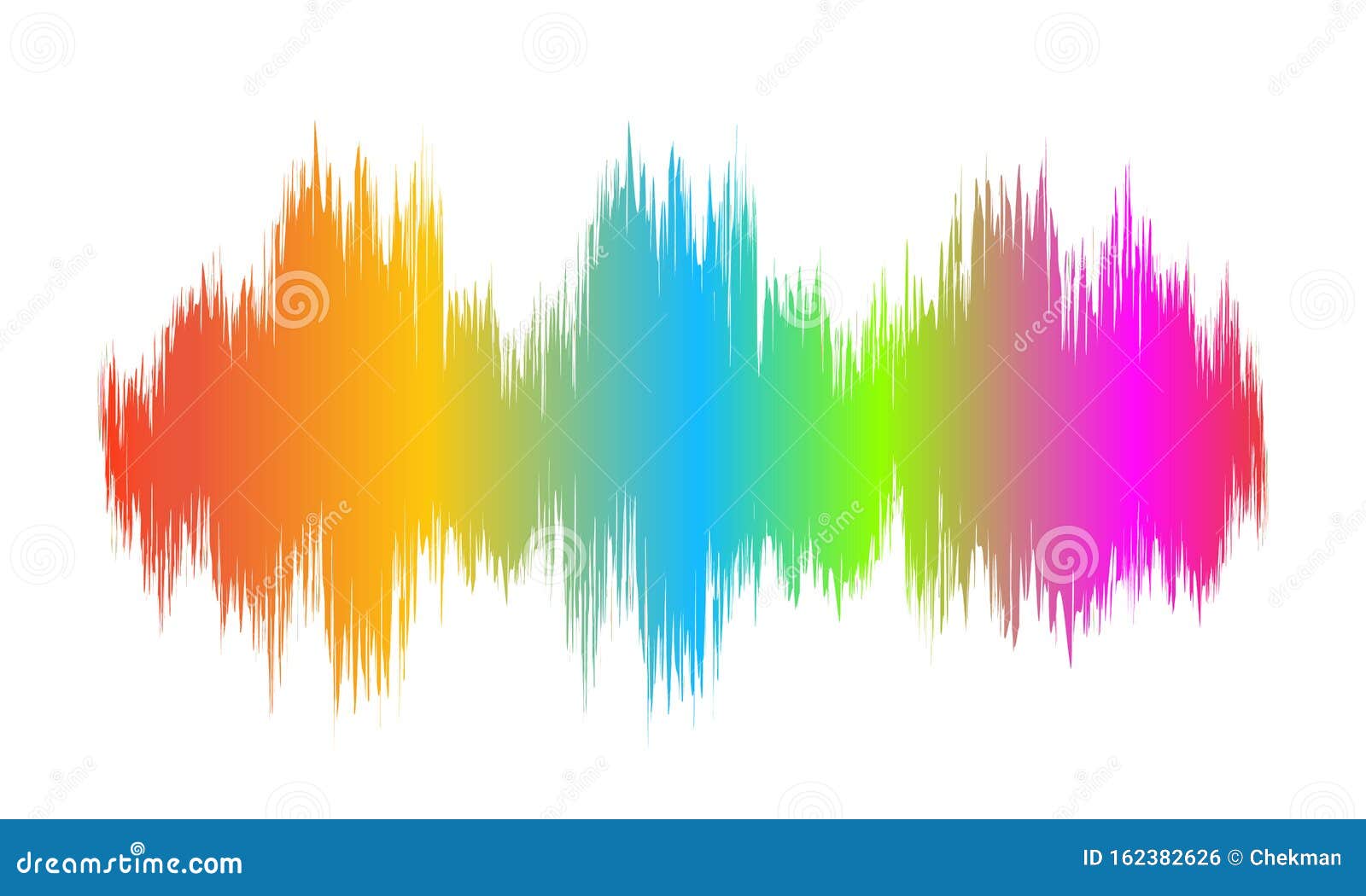

And in a paper published this past August in Applied Physics Letters, researchers described a system similar to the University of Sussex project. Other researchers have also worked on visual displays that use acoustic levitation: One Japanese team used a large number of minuscule particles as a sort of shimmering projection screen. Credit: Eimontas Jankauskis University of Sussex To capture more complex graphics, the researchers filmed their display with a camera shutter speed of 20 seconds. The new volumetric-display technique was reported in Nature on Wednesday.

The same principle enables a visual trick often seen on the Fourth of July, when the glowing head of a sparkler appears to trace golden outlines as one moves it through the night air. This phenomenon is known as persistence of vision.
#Colorful sound waves zip#
Thanks to its high speed-the particle can zip vertically at almost nine meters per second and horizontally at nearly four-the glowing dot fools the human eye into perceiving a continuous image. “We illuminate that levitated particle using RGB LEDs-red, green, blue-so we can control the color of the scattering light,” Hirayama says. These speakers emit patterns of sound waves in the ultrasonic range-too high for the human ear to pick up-which sets up vibrations in the air that manipulate a plastic sphere slightly smaller than a sesame seed.Īs the bead flies around in programmed patterns, the researchers project changing colors onto it. It looks like a 10-centimeter box with open sides and a top and bottom that consist of arrays of tiny speakers (512 in all). Hirayama and his colleagues produced their own floating images with a system they call a multimodal acoustic trap display (MATD). “I like the Star Wars thing,” says study co-author Ryuji Hirayama, a research fellow at the University of Sussex in England. Picture it like the message R2-D2 carries from Princess Leia in a very famous film. This type of display is called volumetric: Unlike holographic technology, it can create an image without requiring a screen, and it can be viewed from all sides. Fast-moving dot can trick the human eye into seeing a figure eight or a smiley face. Some researchers believe this improvement could lead to applications such as mixing or sorting grains of powder, performing small chemical reactions in isolation, contributing to novel 3-D printing methods-or creating displays that would be visible from any angle. The technology has gained greater capabilities in the past decade, allowing acoustic systems to push and pull small particles around like sonic tractor beams. Since the 1940s, scientists have toyed with the concept of acoustic levitation, the use of soundwave vibrations to trap tiny objects in midair. Researchers have harnessed acoustic waves to produce levitating three-dimensional images, create a sensation of touch and even supply a soundtrack. To move visual technology into the future, sometimes it helps to make a little noise.


 0 kommentar(er)
0 kommentar(er)
